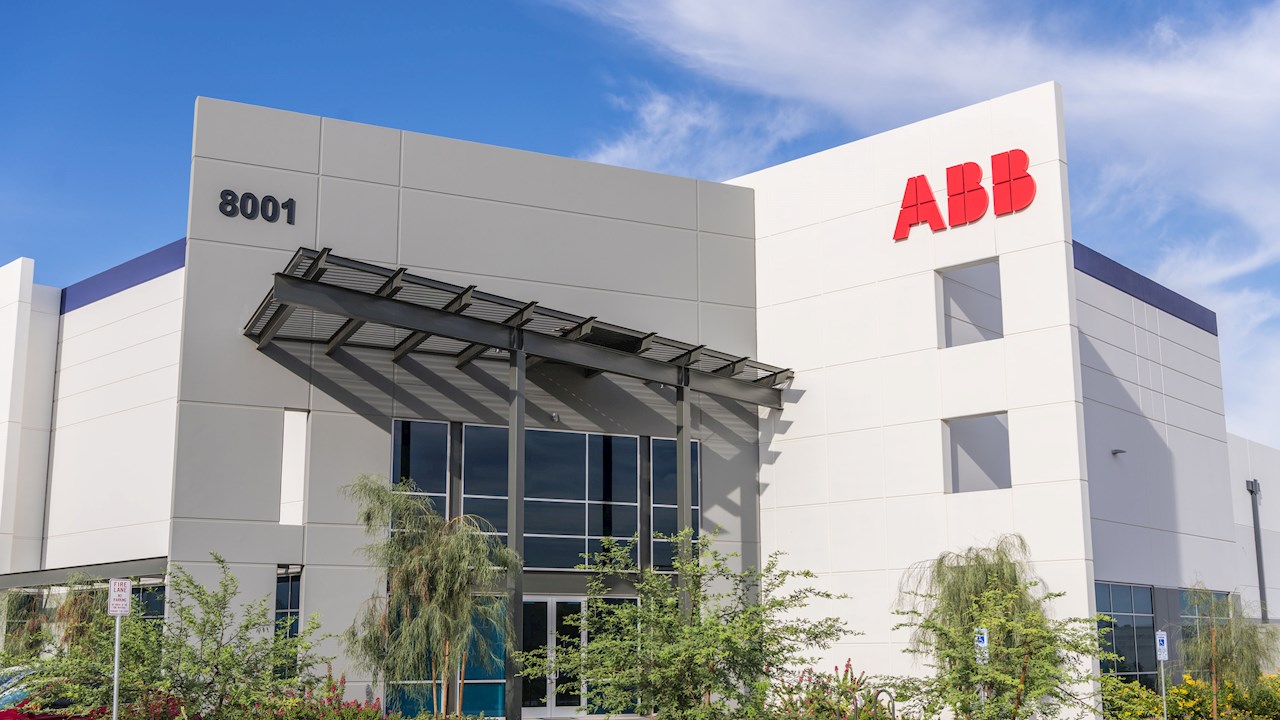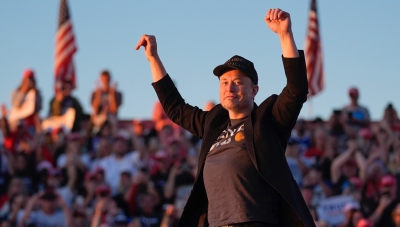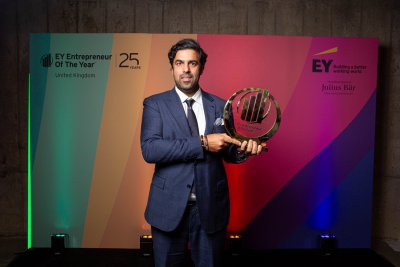
As global industrial giants continue to make moves in the US market, a strategic game around energy transformation and digital revolution is quietly escalating. Schneider Electric recently announced an additional investment of US$700 million, setting a record for the largest single capital expenditure in the history of the North American market. This move follows ABB's 900 million US dollars low-voltage equipment expansion plan and Siemens' 285 million US dollars industrial AI factory construction. The intensive bets of the three major European industrial giants not only reflect the urgent need for the US data center craze and power grid upgrades, but also reveal the survival rules of multinational companies in technology iteration and geopolitical games.
The AI revolution reshapes the energy landscape, with electricity demand becoming the core battlefield
The explosive growth in electricity demand is becoming the underlying logic driving industry investment. The Electric Power Research Institute (EPRI) predicts that in 2030, the electricity consumption of U.S. data centers may reach 9% of the total power generation, doubling the current level. The rise of generative AI has further exacerbated this trend - the energy consumption of a single AI model training is comparable to the annual electricity consumption of thousands of households. Aamir Paul, President of Schneider North America, said bluntly: "We are at a turning point in technology and industry. The explosive growth of AI and unprecedented energy demand are reshaping the rules."
Schneider's investment portfolio is precisely positioned for this trend: the switch equipment expansion of the El Paso, Texas plant is aimed at upgrading the power grid, the Ohio plant introduces advanced software technology to improve industrial automation, and the Houston AI Innovation Center focuses on algorithm breakthroughs in smart power distribution systems. The establishment of its Massachusetts Microgrid Laboratory is also trying to explore the deep coupling of distributed energy and data centers.

At the same time, ABB invested $900 million in Tennessee and Mississippi to double its low-voltage circuit breaker production capacity, focusing on the reliability needs of data centers and renewable energy microgrids. CEO Morten Wierod emphasized: "The United States is ABB's largest global market, and the growing demand for data centers and utilities is driving the popularization of advanced electrification technologies."
Localized production hedges against trade risks, and supply chain resilience becomes the strategic focus
Against the backdrop of increasing geopolitical uncertainty, regionalized production has become a common choice for multinational companies. Schneider plans to achieve 90% localized procurement and production in each market. The new plant in Tennessee and the production line upgrade in Missouri are both aimed at shortening the supply chain and avoiding tariff shocks. Chief Financial Officer Hilary Maxson admitted that if the USMCA is repealed, "the impact may be more significant", but the company is ready to "take business actions to protect profitability."
ABB and Siemens have also increased their investment in US manufacturing. ABB has invested more than 3.6 billion in the US in the past three years, covering energy, industry and digital infrastructure; Siemens has built new factories in Texas and California, claiming that it will double the production capacity of US electrical equipment. Jay Timmons, chairman of the National Association of Manufacturers (NAM), commented that such investment "not only enhances US competitiveness, but also lays the foundation for energy security and the future of automation."

Technology race: the battle of upgrading from hardware to system integration
In this competition, corporate strategies are upgrading from single equipment supply to system-level solutions. Siemens emphasized that its $285 million investment will promote "leadership in the industrial AI revolution." The new factory not only produces electrical equipment, but also deeply integrates software and AI technology. Schneider is trying to seize the commanding heights of "power-computing power" coupling through microgrid laboratories and intelligent power distribution algorithms. Debra Phillips, president of the National Electrical Manufacturers Association (NEMA), pointed out that these actions "confirm the key role of electrical manufacturers in meeting power demand in the AI era."
ABB's expansion of low-voltage equipment may seem traditional, but it actually has a profound meaning - the power distribution equipment produced by its Selmer plant is called the "peripheral nerves of the power system", which directly supports the digital transformation of smart buildings and power grid terminals. This control of the "capillaries" of infrastructure may become the key to meeting the challenges of power system flexibility.
Behind the giants' gambles is a complex game spanning technology, trade and politics. More than one-third of Schneider's annual revenue of 38.2 billion euros depends on the US market; ABB and Siemens also regard North America as a growth engine. As technology giants such as Microsoft and Google accelerate the construction of AI data centers, the reliability of traditional power grids faces unprecedented pressure, and technologies such as microgrids and smart circuit breakers have become the focus of breakthroughs.
















